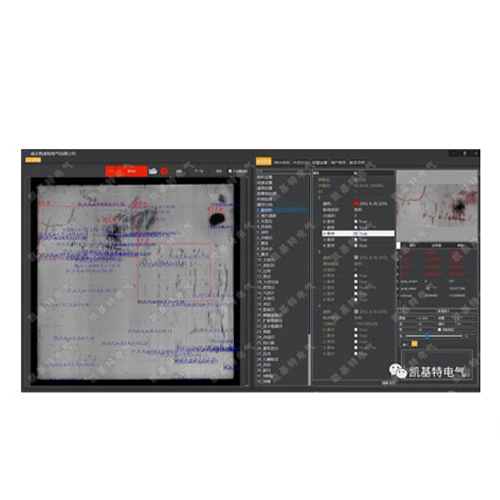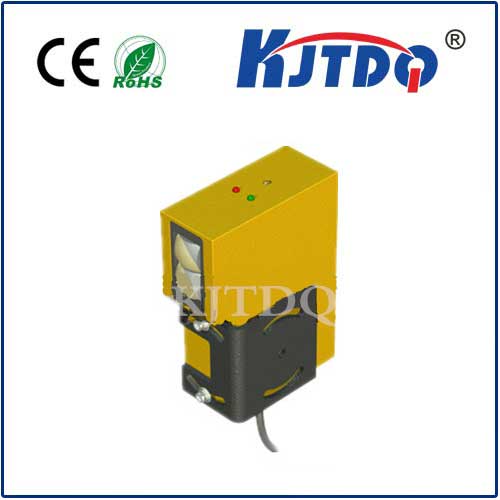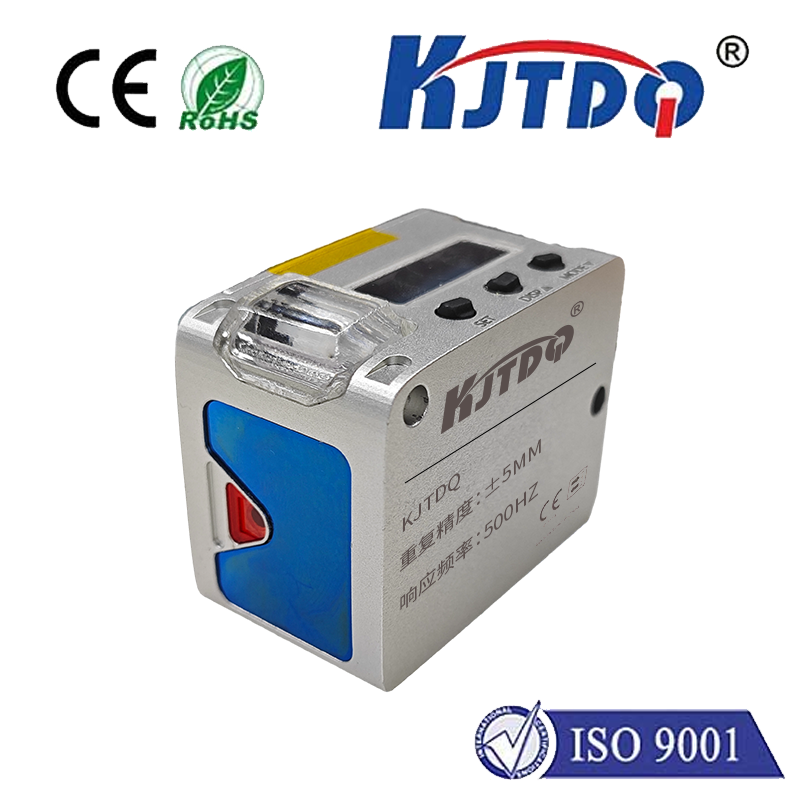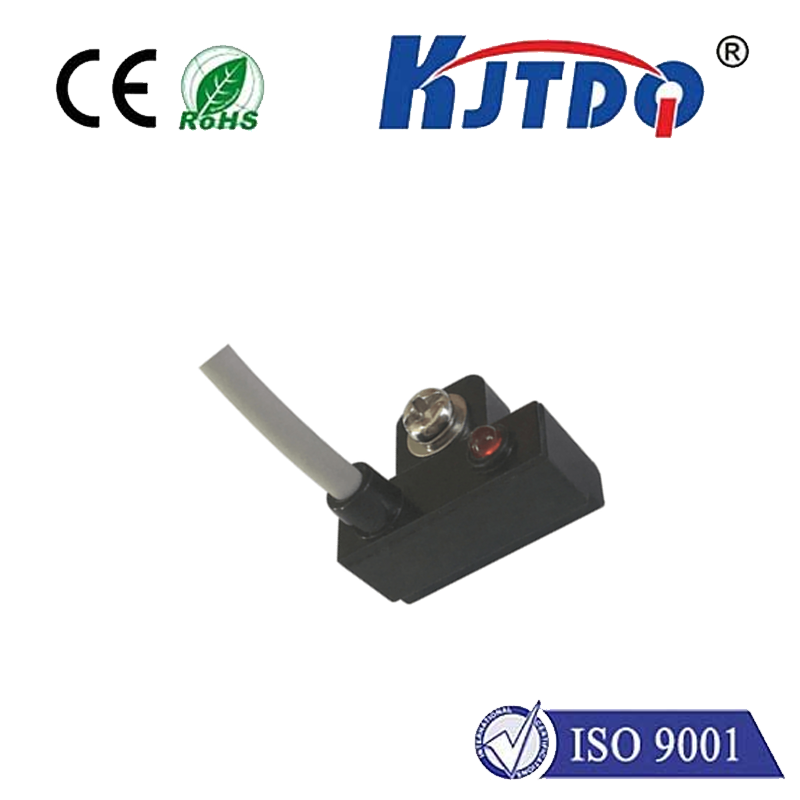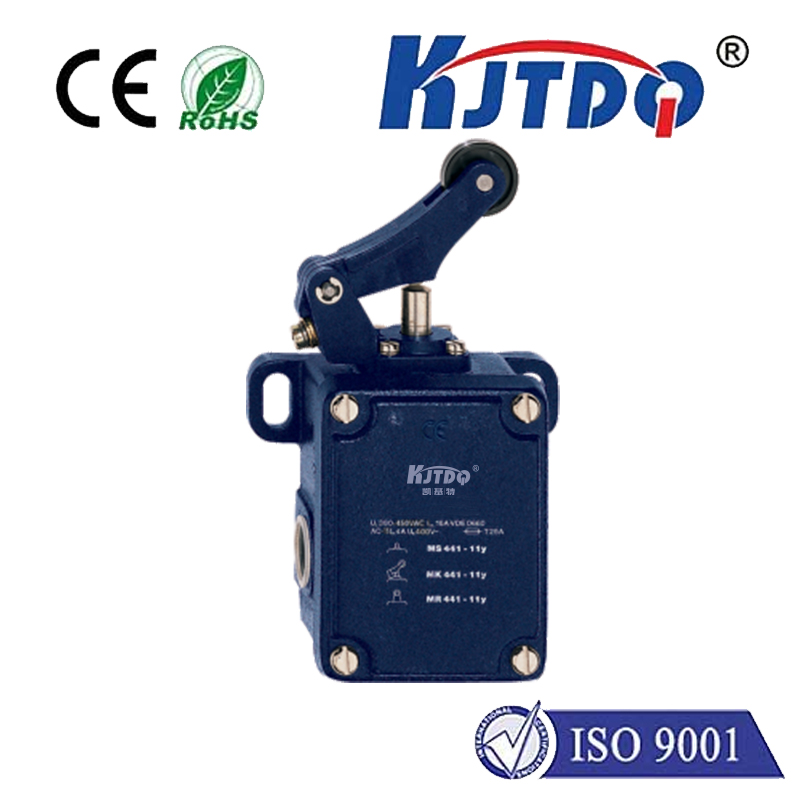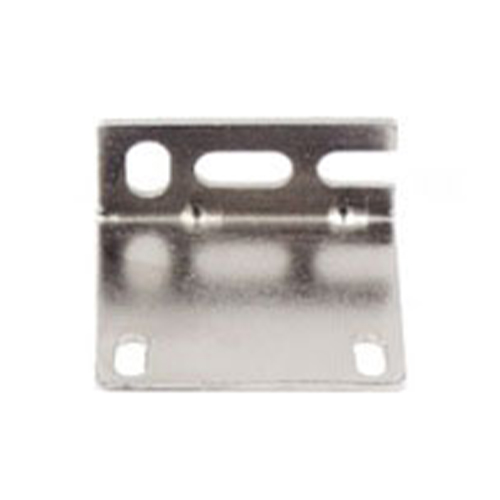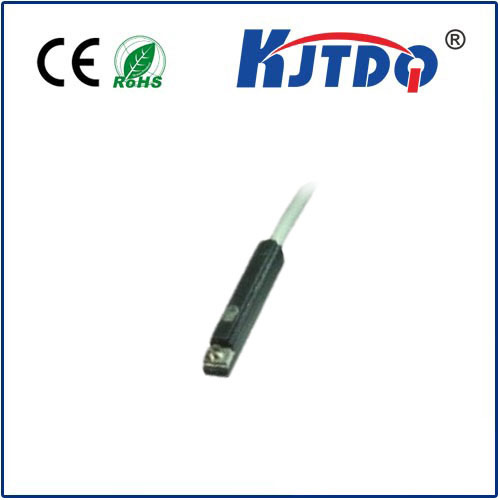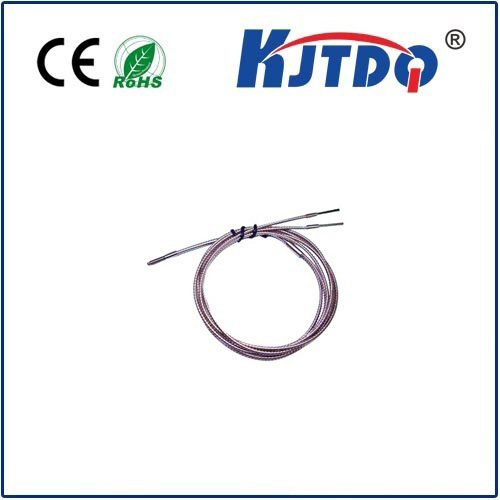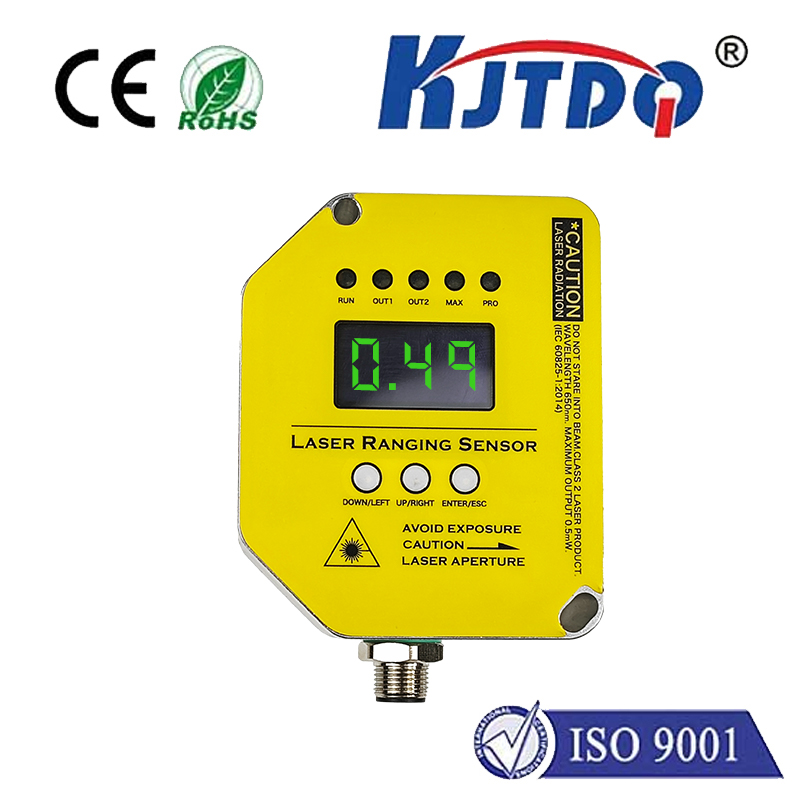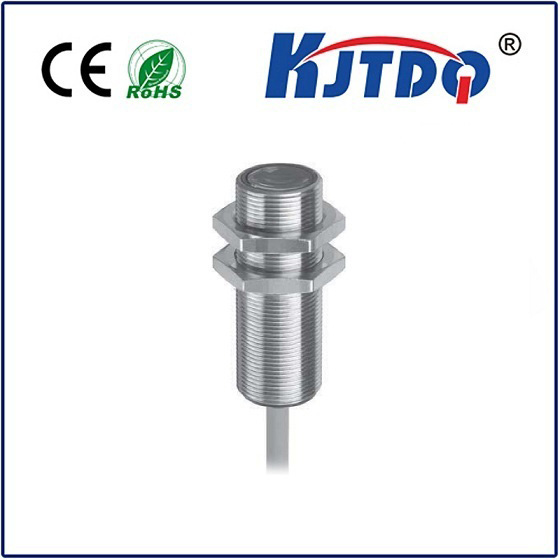magnetic sensor proximity
- time:2025-09-05 11:54:38
- Нажмите:0
Magnetic Proximity Sensors: The Invisible Guardians of Position and Presence
Think about the last time your laptop lid snapped shut, instantly sending your machine to sleep. Or when your car door closed, the interior light thoughtfully fading out. Or perhaps the precise moment an industrial robotic arm stops millimeters from a fragile component. What invisible force orchestrates these actions? The answer often lies in the silent, reliable world of magnetic sensor proximity technology. These unassuming components are the unseen sentinels, detecting presence, absence, or position without physical contact, revolutionizing automation, safety, and everyday convenience.
Understanding the Core Principle: Sensing the Invisible Field
At its heart, a Магнитный датчик приближения detects changes in a magnetic field. Unlike optical sensors that rely on light beams or ultrasonic sensors using sound waves, magnetic sensors interact directly with magnetic fields generated either by a permanent magnet (the “target”) or an electromagnet. The fundamental concept is beautifully simple: when a magnetic object moves near the sensor, it disturbs or alters the local magnetic field. The sensor detects this change and translates it into a usable electrical signal – typically a simple ON/OFF switch or a more complex analog output proportional to distance.
Key Technologies Powering Magnetic Proximity Sensing

Several technologies enable this magnetic field detection, each with distinct characteristics:
- Hall Effect Sensors: The most prevalent technology in modern electronics. When a conductor (or semiconductor) carrying current is exposed to a perpendicular magnetic field, a voltage (the Hall voltage) develops across it. Hall sensors detect this voltage change. They excel at detecting presence, can measure distance (especially linear Hall sensors), and are highly reliable due to their solid-state nature. They are the workhorses inside smartphones (detecting flip covers), brushless DC motors, and countless automotive applications (gear position, pedal position, braking systems).
- Reed Switches: A classic, purely mechanical solution. Two ferromagnetic reed contacts are sealed inside a glass tube. When a strong enough magnetic field is applied, the reeds are magnetized, attracting each other and making contact, closing the circuit. They are incredibly simple, require no power, and provide a clean electrical switch. However, they are generally slower, bulkier, and less shock-resistant than solid-state alternatives. You’ll find them in security door/window sensors and some basic level switches.
- Magnetoresistive Sensors (AMR, GMR, TMR): These advanced sensors change their electrical resistance in the presence of a magnetic field. They offer exceptional sensitivity and directionality, allowing detection of both the strength and the direction of a field. This makes them ideal for high-precision position sensing (rotary encoders, compasses), speed detection, and applications requiring fine resolution. They are increasingly common in advanced automotive systems and industrial automation.
Why Choose Magnetic Proximity Sensors? The Compelling Advantages
The widespread adoption of magnetic proximity sensors isn’t accidental. They offer a powerful set of advantages over other sensing methods:
- Non-Contact Operation: This is paramount. The sensor never touches the target. This eliminates wear and tear, ensures long life, reduces maintenance, and allows detection through non-ferromagnetic barriers like plastic, glass, or aluminum. Think of detecting fluid levels inside a sealed tank or counting cans on a production line.
- Robustness in Harsh Environments: Magnetic fields are largely unaffected by dust, dirt, fog, oil, grease, or vibration – common challenges in industrial settings. Sealed Hall effect sensors and reed switches are particularly resilient. They function reliably where optical sensors might be blinded or mechanical switches jammed.
- High Speed Operation: Especially solid-state Hall effect and MR sensors can respond incredibly quickly to changes in the magnetic field, enabling high-speed counting, fast position feedback for servo motors, and rapid detection in automated machinery.
- Position & Speed Versatility: Beyond simple presence/absence, specific configurations (like using multiple sensors or a multi-pole magnet) enable precise determination of rotational speed, rotary position, and linear displacement. This is critical in motor control, robotics, and valve position feedback.
- Intrinsic Safety: For applications involving flammable gases or dust, solid-state magnetic sensors (especially using Hall effect technology) can be designed to be intrinsically safe, as they typically operate at low power and voltages, minimizing spark risk.
- Simple Integration: Providing a clean electrical signal (digital ON/OFF or analog voltage/current) makes interfacing with control systems (PLCs, microcontrollers) straightforward.
Where the Magic Happens: Key Applications
The reach of Магнитный датчик приближения technology is vast:
- Automotive: Abundant! Anti-lock Braking Systems (ABS - wheel speed sensing), transmission gear position, throttle/pedal position, steering angle, seat belt detection, door/trunk closure status, engine crankshaft/camshaft position.
- Промышленная автоматизация: Limit switches on machinery, robotic arm position feedback, conveyor belt object detection/sorting, valve position monitoring, spindle speed monitoring on CNC machines, level detection in tanks (using a float magnet).
- Consumer Electronics: Laptop/tablet lid closure detection (sleep/wake), smartphone flip cover/wallet case detection, white goods (washer/dryer drum position), flow meters (water/gas), security systems (door/window contacts using reed switches).
- Medical Devices: Position feedback in infusion pumps, MRI-safe equipment monitoring, actuation detection in surgical tools.
- Building Automation: Elevator car position, door open/close status, HVAC damper control.
Selecting the Right Magnetic Proximity Sensor: Key Considerations
Choosing the optimal sensor requires careful thought:
- Detection Range: How far away does the target magnet need to be sensed?
- Target Magnet: Strength, polarity, size, and material of the magnet significantly impact sensing distance and reliability. Sensor datasheets usually specify compatible magnet types.
- Output Signal: Simple digital TTL/CMOS switch? Current-sourcing PNP/NPN transistor? Analog voltage proportional to distance? Requires speed or directional info? (e.g., Hall latch vs linear vs MR sensor).
- Environmental Factors: Temperature range, exposure to chemicals, dust, moisture, vibration, or explosive atmospheres? IP rating is crucial.
- Power Supply: Voltage requirements and current consumption.
- Mounting & Form Factor: Space constraints and required orientation relative to the magnet target.
- Cost vs. Performance: Balancing the required accuracy, speed, and features against budget constraints.
The Unseen Powerhouse
Magnetic proximity sensors operate silently in the background, their complex physics translating into elegantly simple solutions for countless detection challenges. From the mundane act of closing your refrigerator door to the precision demanded in a robotic assembly line, they offer a unique blend of reliability, durability, and versatility. Understanding the principles behind Hall effect, reed switches, and magnetoresistive technologies reveals why these sensors are indispensable in modern engineering. When robustness, non-contact detection, and tolerance to harsh conditions are paramount, the Магнитный датчик приближения is often the invisible, yet essential, guardian ensuring seamless operation and enhanced safety.

